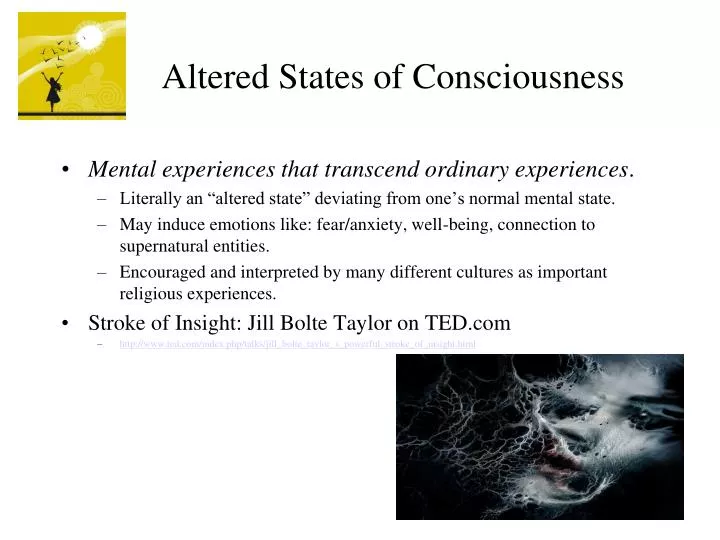
Treatment with intravenous high-dose methylprednisolone helps in about 50 % of cases. Occasional abnormalities are a mild lymphocytic pleocytosis and elevation of the protein concentration. The cerebrospinal fluid is frequently normal. In boys, consider the diagnosis of adrenoleukodystrophy (see Chapter 5). The lesions may resolve in the weeks that follow. The corpus callosum and periventricular region are commonly affected ( Hynson et al, 2001). T 2-weighted MRI reveals a marked increase in signal intensity throughout the white matter ( Figure 2-2), but also involves the gray matter. The burden of involvement noted in MRI correlates with the amount of symptoms more than in multiple sclerosis. Many children experience repeated episodes and follow a course similar to multiple sclerosis ( Banwell et al, 2007). Some children never have focal neurological signs, whereas in others the initial feature suggests a focal mass lesion. Optic neuritis, transverse myelitis, or both may precede the encephalopathy (see Chapter 12). The onset of neurological symptoms is abrupt and characterized by focal motor signs, altered states of consciousness, or both. Whether these “systemic features” are symptoms of a viral illness or of early encephalopathy is not clear. Often, the encephalopathy is preceded by lethargy, headache, and vomiting. MRI has expanded the spectrum of clinical features associated with ADEM by allowing the demonstration of small demyelinating lesions. Eric Piña-Garza MD, in Fenichel's Clinical Pediatric Neurology (Seventh Edition), 2013 Clinical Features Intravenous high-dose methylprednisolone is the accepted treatment and believed to lead to rapid recovery. In boys, exclude the diagnosis of adrenoleukodystrophy (see Chapter 5). The lesions resolve in the weeks that follow, and no new lesions are expected. The corpus callosum and periventricular region are commonly affected ( Hynson et al, 2001). T 2-weighted MRI reveals a marked increase in signal intensity throughout the white matter ( Figure 2–2). Although recovery among survivors is variable, most do well ( Tenembaum et al, 2002). Optic neuritis, transverse myelitis, or both may precede encephalopathy (see Chapter 12). The onset of neurological symptoms is abrupt and characterized by focal motor signs, altered states of consciousness, or both ( Murthy et al, 2002).

The encephalopathy is often preceded by lethargy, headache, and vomiting. MRI has expanded the spectrum of clinical features associated with postinfectious encephalopathy by allowing the demonstration of small demyelinating lesions. Fenichel MD, in Clinical Pediatric Neurology, 2005 Clinical Features.


 0 kommentar(er)
0 kommentar(er)
